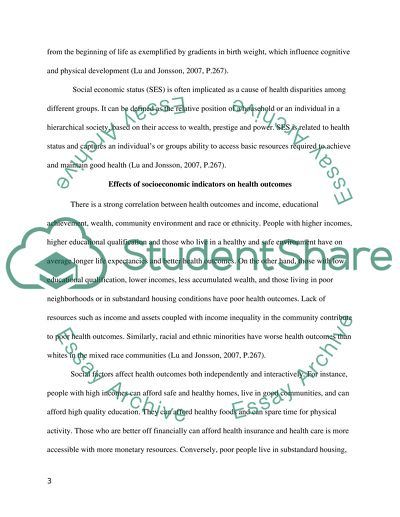Cite this document
(Effects of Socioeconomic Class on the Health of Individuals Essay, n.d.)
Effects of Socioeconomic Class on the Health of Individuals Essay. https://studentshare.org/social-science/1617990-socio-economic-class-can-affect-the-health-of-individuals-discuss
Effects of Socioeconomic Class on the Health of Individuals Essay. https://studentshare.org/social-science/1617990-socio-economic-class-can-affect-the-health-of-individuals-discuss
(Effects of Socioeconomic Class on the Health of Individuals Essay)
Effects of Socioeconomic Class on the Health of Individuals Essay. https://studentshare.org/social-science/1617990-socio-economic-class-can-affect-the-health-of-individuals-discuss.
Effects of Socioeconomic Class on the Health of Individuals Essay. https://studentshare.org/social-science/1617990-socio-economic-class-can-affect-the-health-of-individuals-discuss.
“Effects of Socioeconomic Class on the Health of Individuals Essay”. https://studentshare.org/social-science/1617990-socio-economic-class-can-affect-the-health-of-individuals-discuss.


